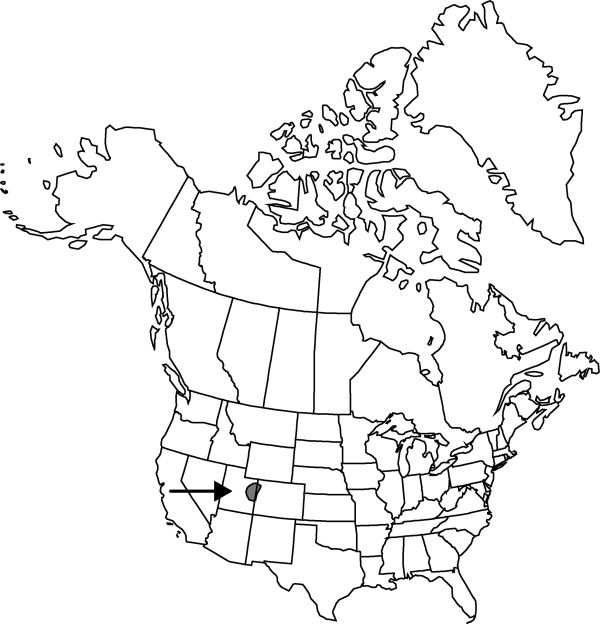Difference between revisions of "Abronia argillosa"
Great Basin Naturalist 40: 78, fig. 1. 1980.
Common names: Clay sand-verbena
FNA>Volume Importer |
FNA>Volume Importer |
||
| Line 47: | Line 47: | ||
|publication year=1980 | |publication year=1980 | ||
|special status= | |special status= | ||
| − | |source xml=https://jpend@bitbucket.org/aafc-mbb/fna-data-curation.git/src/ | + | |source xml=https://jpend@bitbucket.org/aafc-mbb/fna-data-curation.git/src/f6b125a955440c0872999024f038d74684f65921/coarse_grained_fna_xml/V4/V4_124.xml |
|genus=Abronia | |genus=Abronia | ||
|species=Abronia argillosa | |species=Abronia argillosa | ||
Revision as of 19:59, 24 September 2019
Plants perennial. Stems arising from branched caudices, ascending to erect, few branched, elongate, glabrous. Leaves: petiole 1–3 cm; blade elliptic to obovate, 1.5–3.5 × 0.3–1.5 cm, margins entire to ± repand and undulate, surfaces glabrous. Inflorescences: peduncle longer than subtending petiole; bracts ovate to orbiculate, 7–15 × 6–15 mm, scarious, glandular-puberulent; flowers 15–20. Perianth: tube white to greenish, 10–15 mm, limb white, 5–7 mm diam. Fruits narrowly fusiform, 7–10 × 3–4 mm, scarious; wings absent.
Phenology: Flowering spring–summer.
Habitat: Clay soils, desert scrub to pinyon-juniper woodlands
Elevation: 1300-1900 m
Discussion
Selected References
None.
Lower Taxa
None.
